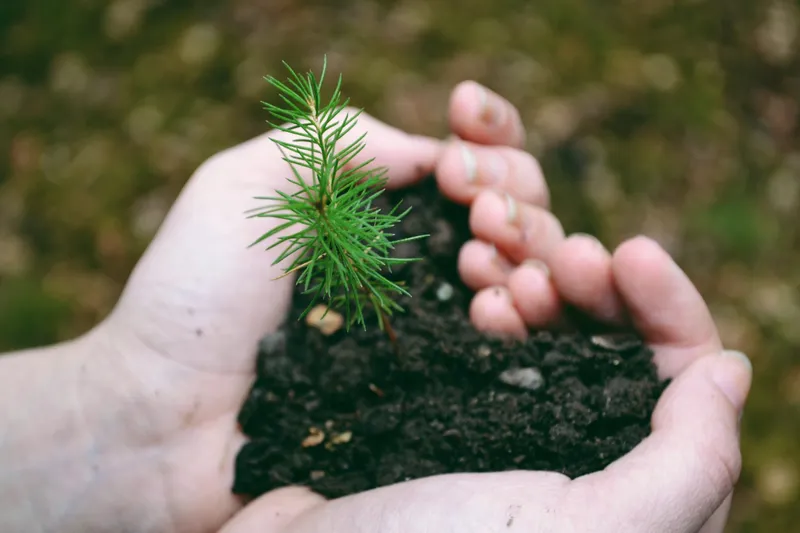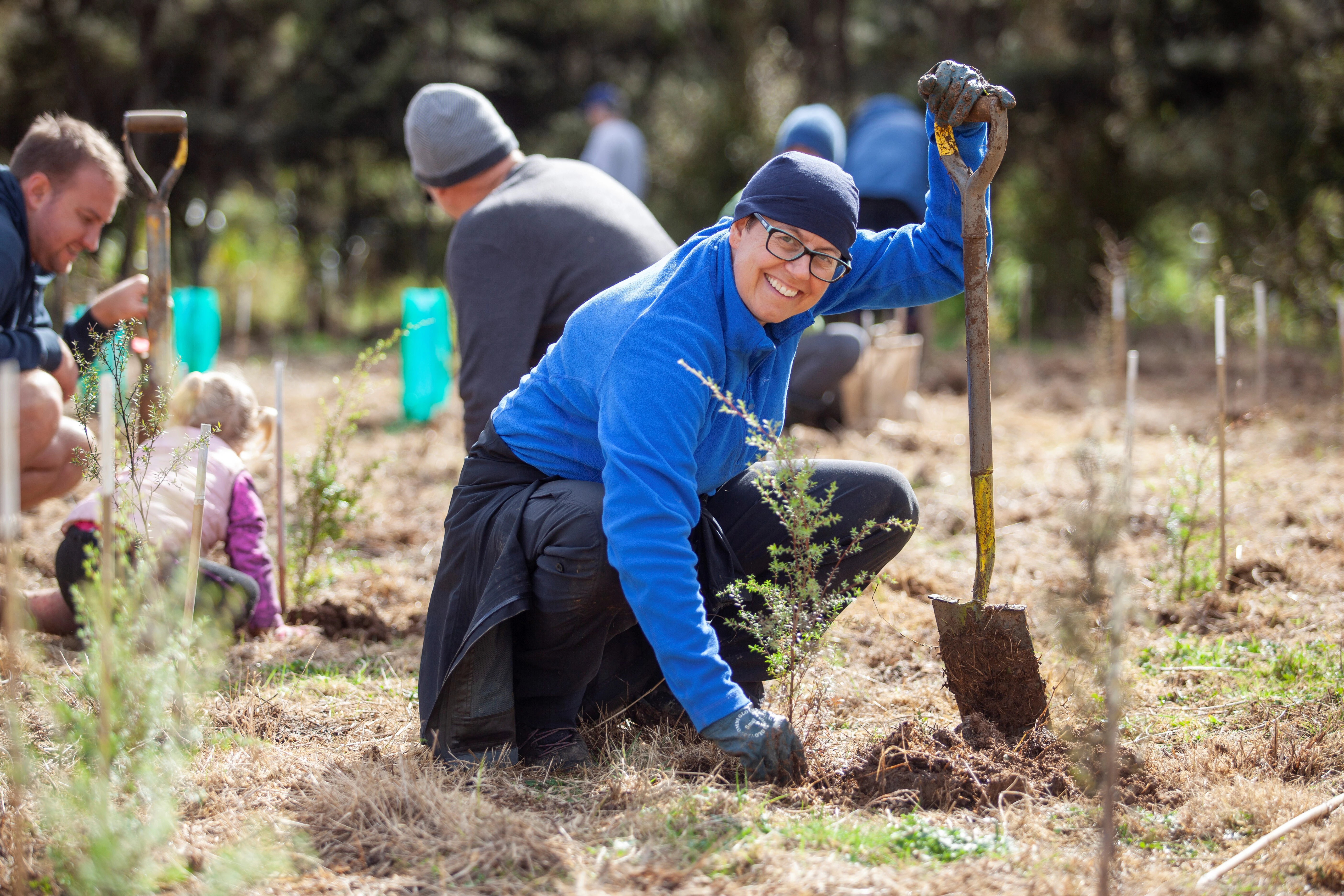What are we going to run out of first
16/12/2019

10.8 billion, that’s what experts are forecasting earth’s population to be in the year 2100. And as we slowly creep closer to that number, our most precious resources and minerals will start to run out. The things we take for granted everyday, like clean water and air will start to degrade as earth’s population begins to reach critical mass, and as people fight for these resources, so will our sense of community.
As Al Gore once put it, “As more and more people understand what’s at stake, they become a part of the solution, and share both in the challenges and opportunities presented by the climate crises.” Us Kiwis lead the charge when it comes to clean and green initiatives, we’re one of the leading consumers of renewable energy worldwide, we were one of the first countries to ban plastic bags and we’re voting green with our wallets. But for us to lead by example even further, we also need to understand what is in danger of running out so we can cut our consumption further and educate those around us to change for the better.
Water
New Zealand may be surrounded by an abundance of beautiful oceans, lakes and rivers, but only so much of the water around us is drinkable. Freshwater only makes up 2.5% of the total volume of the world’s water, which is about 35 million km3, but considering 70% of this amount is trapped in the form of ice, we only have access to 200,000km3 of it. Auckland’s water storage dams ran lower than usual earlier this year, throwing the city into a bit of a panic and highlighting the importance of water conservation. It was the first time the effects of water shortages were felt so close to home. The next time you go to turn the tap or hose on, watch your usage and find ways to reduce or reuse that water. Clean the dishes by plugging the sink, wash your car only when you truly need to, use the half flush and make sure that there are no leaky taps in your household.
Oil
It’s without a doubt that the world’s largest fossil fuel consumption is in the form of oil, it powers literally everything on the road, on the track and in the sky. A recent Statistical Review of World Energy revealed that there is only enough oil to last us for the next 46.2 years, if global production rates hold steady. That means if we don’t seek other alternatives, such as electrical or hydrogen powered motors, we may very well be heading towards a global standstill. Now this might seem like it’ll just cause your bus or plane to be delayed, but it actually has massive economic and financial implications as the world’s trade comes to a halt. You can do your part and help preserve our consumption (and reduce the environmental impact) of oil, by simply changing the way you think about commuting to and from work.
Phosphorus
More people means more mouths to feed. Without phosphorus, plants cannot grow as fertiliser relies heavily on this element to develop acres of crops and vegetation. As with many naturally occurring elements and resources, they need time to develop and replenish, but mismanagement and abuse of these natural resources will shorten what’s available for the long term. The Global Phosphorus Research Initiative predict we could run out of phosphorus in 50 to 100 years unless new reserves of the element are found. As a household, consider the food you’re purchasing the next time you’re in the supermarket and ensure it’s made or grown using sustainable practices. As a nation, we must also practice responsible farming to ensure we can harvest our crops and resources long into the future.
Rare earth elements
You might not realise it but that phone you’re calling from, that keyboard your chipping away at and that coffee machine you walk past each morning has traces of scandium and terbium, which are just two of the 17 rare earth minerals that are used in everything from the powerful magnets in wind turbines to the electronic circuits. 97% of the world’s supply comes from China and the exact reserves are unknown, however as the world begins it’s journey into the tech era and experiences increasing demands for consumer electronics, these minerals are being exported and utilised at record-breaking rates. While this shows no signs of slowing down, eventually vital electronic equipment such as medical devices and healthcare technology that rely on this material to function, may be at risk of scarcity or face exorbitant increases in costs, which at the end of the day get passed onto the end user. Think twice the next time you’re about to upgrade to the next smartphone or about to buy that cheap disposable electronic, the real cost has yet to be revealed.
It’s hard to know what will run out of first when export and import rates hit record highs across multiple industries and countries. But if we watch our consumption rates, vote with our wallets and influence others around us to do the same, we can collectively build a much more sustainable lifestyle.







